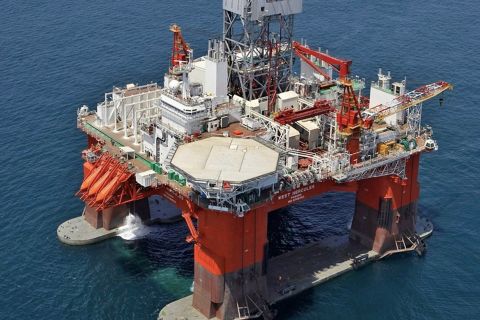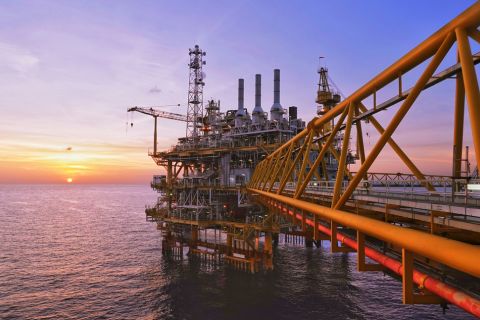By Velda Addison, Hart Energy
Ample supplies of natural gas, including that unlocked from shale plays across the U.S., is putting the country on the path toward becoming a natural gas exporter.
The U.S. Energy Information Administration (EIA) said this could happen by 2017.
The majority of the gas export growth is expected before 2030, and LNG exports will dominate.
“By 2040, LNG exports range from 0.2 trillion cubic feet (Tcf) in the Low Oil Price case to 10.3 Tcf in the High Oil and Gas Resource case,” according to the EIA. “For comparison, 2040 natural gas net exports by pipeline range from 1.1 Tcf in the High Oil Price case to 2.9 Tcf in the High Oil and Gas Resource case.”
So it’s good that companies are lining up to get permission to export LNG.
The world has new techniques and technology advances, along with the people behind them, to thank for the favorable outlook. Hydraulic fracturing combined with horizontal drilling, closer well spacing, 3-D technology and big data fueling predictive and prescriptive analytics, to name a few, are among the improvements that have boosted supply.
From 2005 to 2013, total dry gas production in the U.S. increased by 35%, the EIA said in its Annual Energy Outlook. However, production—particularly that from shale plays in the Lower 48—could jump by 73% going from 11.3 Tcf in 2013 to 19.6 Tcf in 2040. Resources from the Haynesville and Marcellus shales could account for more than half of the shale gas production growth. This, the EIA said, would contribute to a 45% increase in total U.S. dry gas production, which could soar to 35.5 Tcf in 2040.
Plus, data show energy consumption in the U.S. is slowing.
Domestic consumption is forecast to grow 0.3% annually through 2040. Most of the growth is expected in renewable energy and natural gas, which is predicted to rise from 26.2 Tcf in 2013 to about 29.7 Tcf in 2040.
The U.S. will still have plenty of natural gas left over, if the projections turn out to be true. So why not export it—especially if there is a great need for it elsewhere.
“Increased domestic natural gas supply satisfies new demand both internationally (with the development of LNG export capacity and growing demand for pipeline exports) and domestically (particularly in the industrial and electric power sectors),” the EIA said in a report released April 28.
But future dry natural gas production depends not only on continued technology improvements and the size and cost of developing unconventional gas resources, the EIA pointed out. Demand and the relative price of oil are major influencers.
Let’s hope that the price is right.
“After 2017, natural gas trade is driven largely by the availability of natural gas resources and by world energy prices,” the EIA said. “Increased availability of domestic gas or higher world energy prices each increase the gap between the cost of U.S. natural gas and world prices that encourages exports of [LNG], and, to a lesser extent, greater exports by pipeline to Mexico.”
For the outlook, the EIA examined different scenarios with higher and lower oil price assumptions, which caused variations in projected LNG exports due to oil price-linked international contracts. In the high price scenario, contract prices are higher, increasing the competitiveness of U.S. LNG exports. The opposite happens in the low oil price scenario.
But pipeline gas exports are expected to increase in all cases, mainly to Mexico because its gas supply and not expected to keep up with growing demand.
Contact the author, Velda Addison, at vaddison@hartenergy.com.
Recommended Reading
US Drillers Add Oil, Gas Rigs for Second Week in a Row
2024-01-26 - The oil and gas rig count, an early indicator of future output, rose by one to 621 in the week to Jan. 26.
Second Light Oil Discovery in Mopane-1X Well
2024-01-26 - Galp Energia's Avo-2 target in the Mopane-1X well offshore Namibia delivers second significant column of light oil.
CNOOC Sets Increased 2024-2026 Production Targets
2024-01-25 - CNOOC Ltd. plans on $17.5B capex in 2024, with 63% of that dedicated to project development.
E&P Highlights: Jan. 29, 2024
2024-01-29 - Here’s a roundup of the latest E&P headlines, including activity at the Ichthys Field offshore Australia and new contract awards.
Seadrill Awarded $97.5 Million in Drillship Contracts
2024-01-30 - Seadrill will also resume management services for its West Auriga drillship earlier than anticipated.




